Morkali or Morkoozh is a savoury, slightly tangy pudding made in Tamilnadu with rice flour and sour buttermilk. Eaten as a quick snack or light dinner.
Morkali or Morkazhi or Mor Koozh (as it’s called in certain households) takes me back to grandmom’s kitchen when she used to dish this out for an evening snack and it really doesn’t need any accompaniment . It’s mostly made in Tamil Brahmin households for a quick snack or a light dinner / palaharam.
But I must admit it’s an art of making the right consistency of morkali. Mor in Tamil means buttermilk and Kali means a gooey porridge or semi solid food. It was, and remains, my sister’s most hated dish. I really didn’t know what the fuss was then,for she could eat pretty much everything including my dreaded bitter gourd . To each his own I guess ..
Anyway, this dish got revived at my house once mom moved in with us a few years ago n the husband along with the kiddo love it as much as I do too. So it’s pretty much a standard fare whenever we crave for a quick, non fussy snack or a light dinner.

Rice flour in (South) Indian Kitchens:
Rice flour is the main stay of this dish, so make sure to use the freshest flour available. Rice flour is so ubiquitous in South Indian kitchens especially to thicken gravies / Kuzhambu, make akki rotti (flattened rice flour bread) or idiyappams, crisp up pakoras, make those airy and fluffy kozhakattai (steamed rice flour dumplings), add it to wheat flour / maida to make a quick and instant dosa for breakfast. Even for festival specials like Maa Vilakku or thenkuzhal, rice flour is used extensively. I also use it to thicken soups or manchurian gravies in place of cornflour.
How to get the right consistency
For beginners and some cooks, getting the right consistency (although it seems easy) seems difficult. Too much liquid and it cooks for hours on end, too little oil, it make s mushy non palatable mess. Once you get the proportion right, you are pretty much on track (See Tips below to get the perfect Morkali).
I use non stick pan to use very less oil but some people use a deep bottomed cast iron pan and once the morkali is done, they love to eat the slightly crispy but lil burnt portions of the morkali too 🙂 Like I said, to each his own 😀
Made in so many different ways, this is how mom makes it and I love it too 🙂
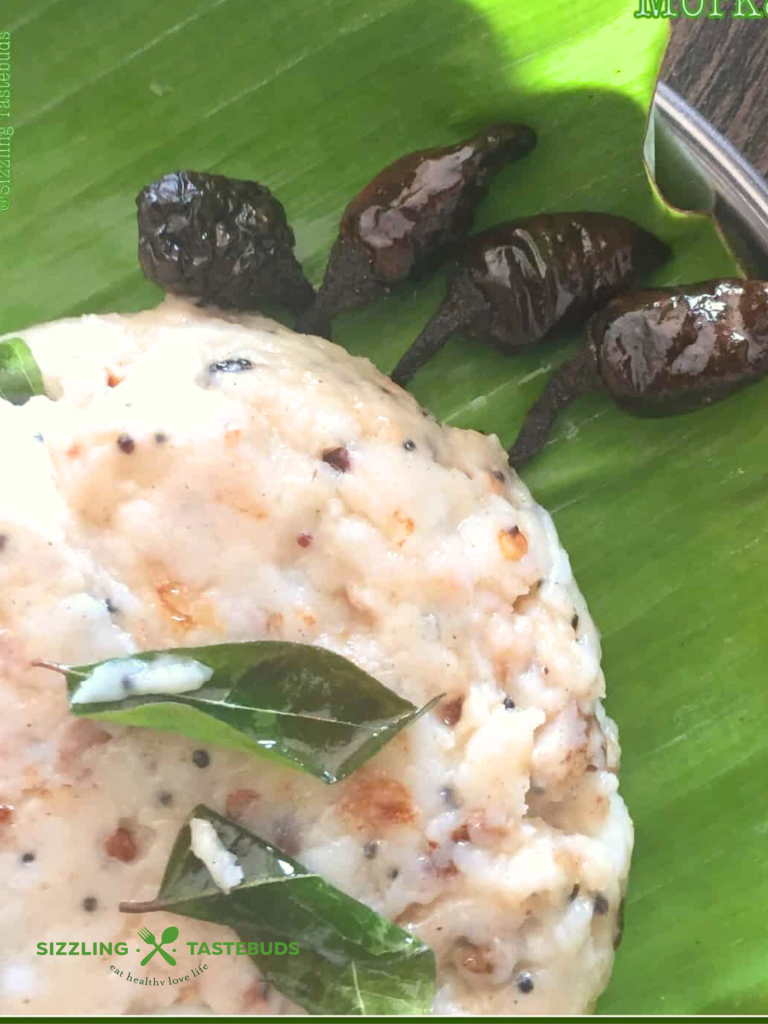
Tips to make the perfect morkali / morkoozh :
- Make sure you use fresh rice flour for best results. Sieving is important to get some air into the flour.
- Don’t play with the proportion of flour : buttermilk: curd . Too watery buttermilk will need more oil and cooking time will increase.
- Don’t skimp on the oil too – the best test for a good morkazhi is a glossy finish.
- Buttermilk should be slightly thin.
- The batter neither too watery or thick. Should be like a pouring consistency.
- Slightly sour buttermilk works best to get a tangy taste. If you are using sweet curds to make buttermilk for this dish, squeeze in half a lime juice (if preferred) to make it slightly tangy.
Other quick breakfast / snacks you might like on the blog:



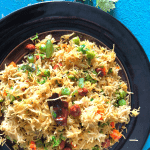
Prep time : 5 mins, cook time : 15 to 20 mins, Spice level : medium, served with Mor Milagai (sun dried chillies, fried in oil)
Cuisine – South Indian / Tambrahm cuisine ; Course – snack / light dinner
Ingredients needed to make Morkali
- 1 cup Rice flour (preferably fresh and store bought)
- 1 cup thick Curd (slightly sour)
- 1 cup very thin buttermilk (depends on the quality of the rice flour)
- 1 tsp Salt (or to taste)
- 4 TBSP sesame Oil (preferred)
- 1/4 tsp fenugreek seeds (optional)
- 1 tsp mustard seeds
- 1 sprig curry leaves
- 1/2 tsp split black gram (Urad dal, optional, we don’t add)
- 1/2 tsp Asafoetida (or a generous pinch, we prefer it slightly more, skip for Gluten Free)
PIN FOR LATER

How to make Morkali
- Sieve flour. In a large bowl, add flour and slowly add sour curds + thin buttermilk and make a thickish pouring consistency. Using a whisk or a churner or even a blender, bring it to a uniform pouring consistency.
- Rest this mixture for 3-4 mins
- Add salt to taste.
- In a non stick pan, splutter mustard-methi seeds, curry leaves, add asafoetida and slowly add this batter & keep whisking it till it comes together to a thickish mass WITHOUT lumps, on a very low heat (takes about 5-6 min).
- Sprinkle a little water and cook covered for 8-10 mins on a low flame.
- To check if it’s cooked , wet your palms and touch the surface of the dish – if it sticks to your hand it needs to cook more. If not, stir it a bit and cook for 1 min more.
- Serve with mor- miagai (curd soaked chilli condiment) or lemon pickle. If you prefer, you can also transfer to a plate, like a cake, set it for 20 minutes and then cut into squares and serve.
- We are too impatient to set it or cut it, so we serve immediately as a savoury pudding.
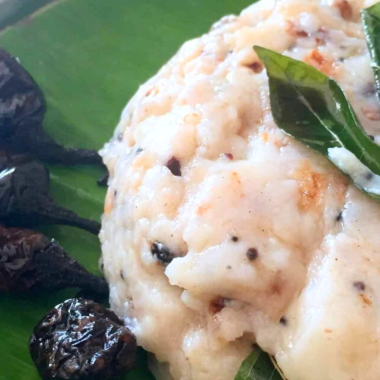
Morkali | Morkazhi | Morkoozh | How to make Morkali
Equipment
- Thick Bottomed Pan
- Bowl
- Spatula
- Whisk
Ingredients
- 1 cup Rice flour preferably fresh and store bought
- 1 cup thick Curd slightly sour
- 1 cup very thin buttermilk depends on the quality of the rice flour
- 1 tsp Salt or to taste
- 4 TBSP sesame Oil preferred
- 1/4 tsp fenugreek seeds optional
- 1 tsp mustard seeds
- 1 sprig curry leaves
- 1/2 tsp split black gram Urad dal, optional, we don’t add
- 1/2 tsp Asafoetida or a generous pinch, we prefer it slightly more, skip for Gluten Free
Instructions
- Sieve flour. In a large bowl, add flour and slowly add sour curds + thin buttermilk and make a thickish pouring consistency using a whisk or a churner.
- Rest this mixture for 3-4 mins
- Add salt to taste.
- In a non stick pan, splutter mustard-methi seeds, curry leaves, add asafoetida and this batter & slowly keep whisking it till it comes together to a thickish mass WITHOUT lumps, on a very low heat (takes about 5-6 min).
- Sprinkle a little water and cook covered for 8-10 mins on a low flame.
- To check if it’s cooked , wet your palms and touch the surface of the dish – if it sticks to your hand it needs to cook more. If not, stir it a bit and cook for 1 min more.
- Serve with mor- miagai (curd soaked chilli condiment) or lemon pickle. If you prefer, you can also transfer to a plate, like a cake, set it for 20 minutes and then cut into squares and serve.
- We are too impatient to set it or cut it, so we serve immediately as a savoury pudding.


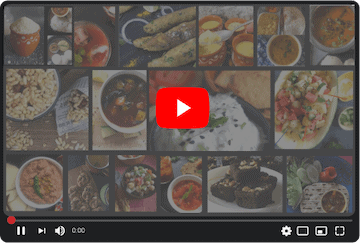
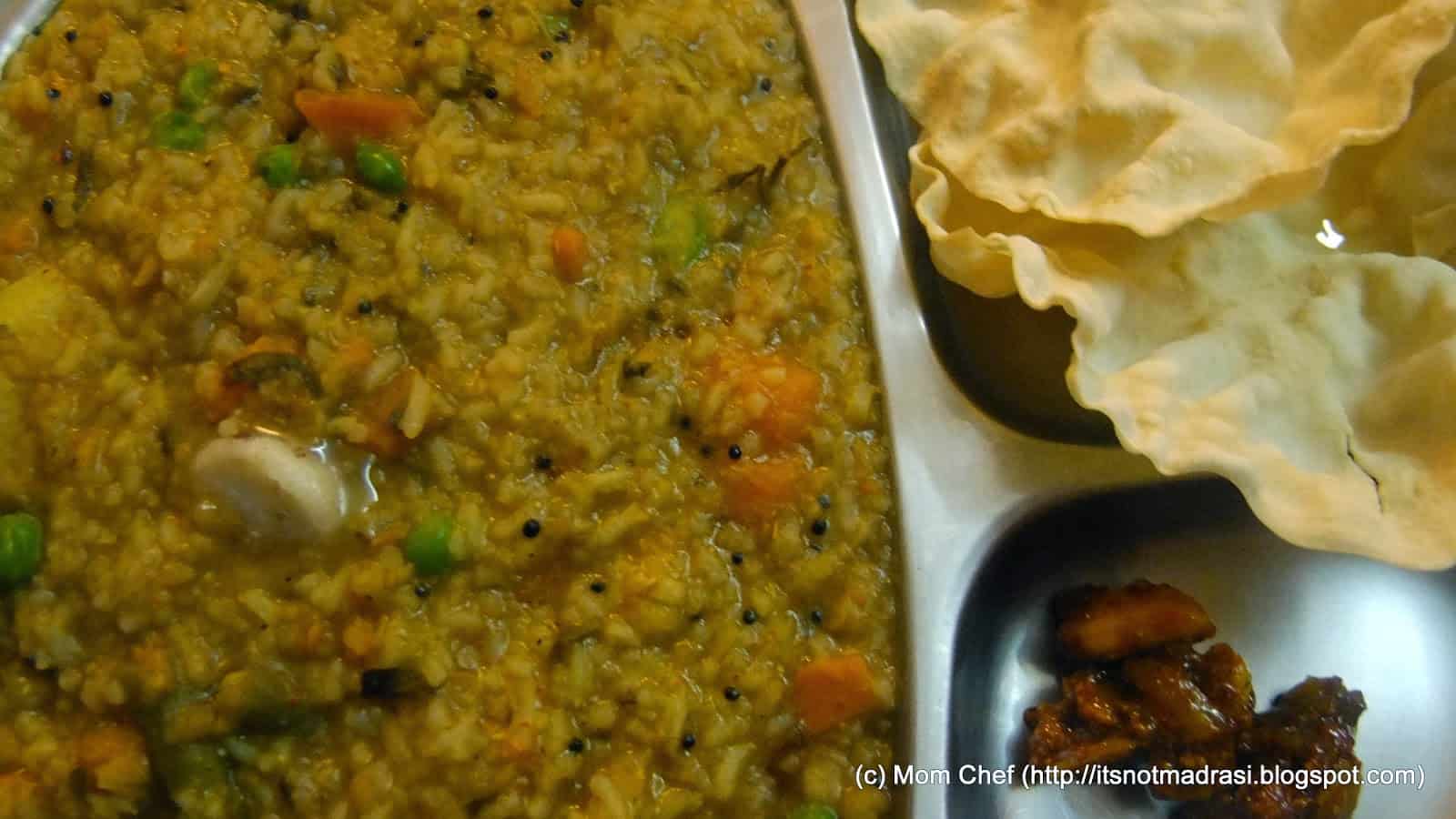


This looks like a traditional dish and a comfort food.
It is nice to read about your memories around this recipe. It must make the recipe special.
I guess it's just perfect for the weather we have. Looks great and truly comforting.
I enjoy this dish so much!..not that we make it often, wish we could..
Yum yum
Nice reading your post Kalyani.This is one of my fav and I too love the crunchy/burnt part of the morekali sticking to the the cast iron pan.Yum!!!
Even morkali is a nostalgic post for me, i love this food very much, my grandma's signature dish.
My aunt used to make something similar. This looks yum.
Kalis are regular in our homes…perfect for this summer and healthy too..looks lovely..
Morkali brings lot of memories for me as well. My paati makes this often and hers is the best. She even made it once on my birthday as a cake and made me cut it in the evening. Tempted to come to India and eat my paatis morkali 🙂
Here's what I learnt — There is usually no rhyme or reason why some people like and hate certain foods. I tried for a very long time to come up with a logical explanation for my husband's and kid's food preferences and I'm getting more clueless as time passes. Finally I gave up 🙂
Anyway, your mor kali looks very creamy & comforting.
Looks very yummy and comforting. A hot bowl of morkali is good for the soul 🙂
nice memories surrounding mor kali…
looks like the perfect comfort food
I too have many good memories attached to this yummm morkali. Looks delicious with that more milagaI.
I tried morkali today with your recipe for the first time. Have to say, i was so happy it felt so easy to make and tasty too.
yay! So glad you tried and it worked out for you !
I had some leftover rice flour, so I decided to try making Morkali for a light lunch. I’m really impressed with how it turned out! Now, I feel confident about introducing it as a new breakfast option for my family. I’m sure they’ll enjoy something like this, especially during the summer.
Thanks for trying out Neha.
Morkali looks so creamy and delicious. Absolute comfort food when paired with Mor molaga. My lunch for tomorrow is set now 😃.
yay! go for it, Preethi!
I love the Gujarati rice flour snacks so am sure this Morkali will be a winner with me. There are times I need a quick but filling snack and this one is just right. Simple spices and yogurt must be making this traditional dish so flavourful. Bookmarked to try out.
absolutely Mayuri – this is a simple, yet very comforting dish. very similar to Khichu in some ways I guess
Have heard about Morkali but never tried in my kitchen. Making it seems simple but it is a knack I know. Will give it a try with your recipe.
thanks. yes, its a knack..